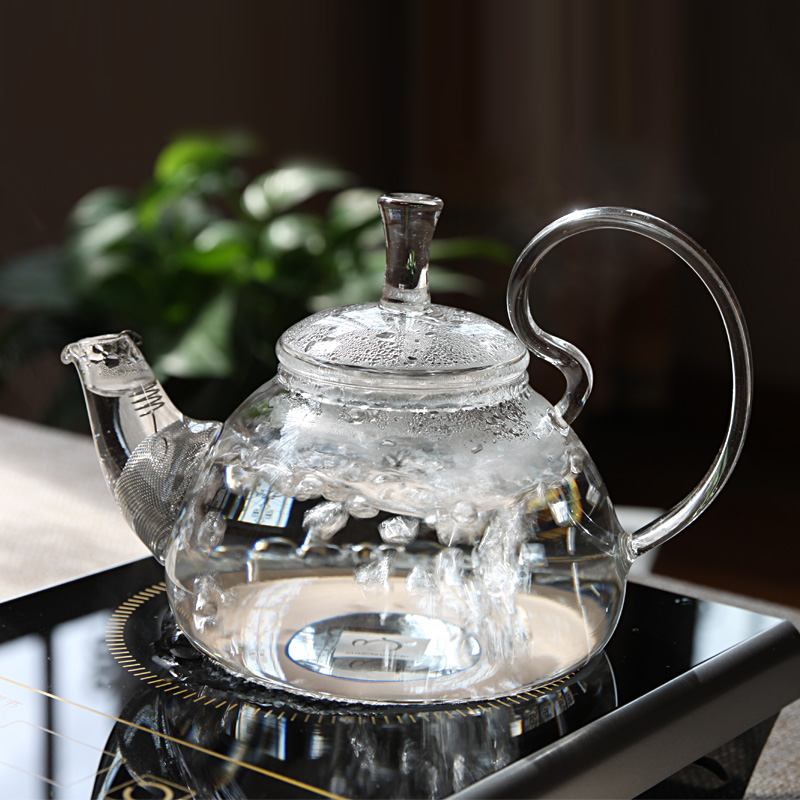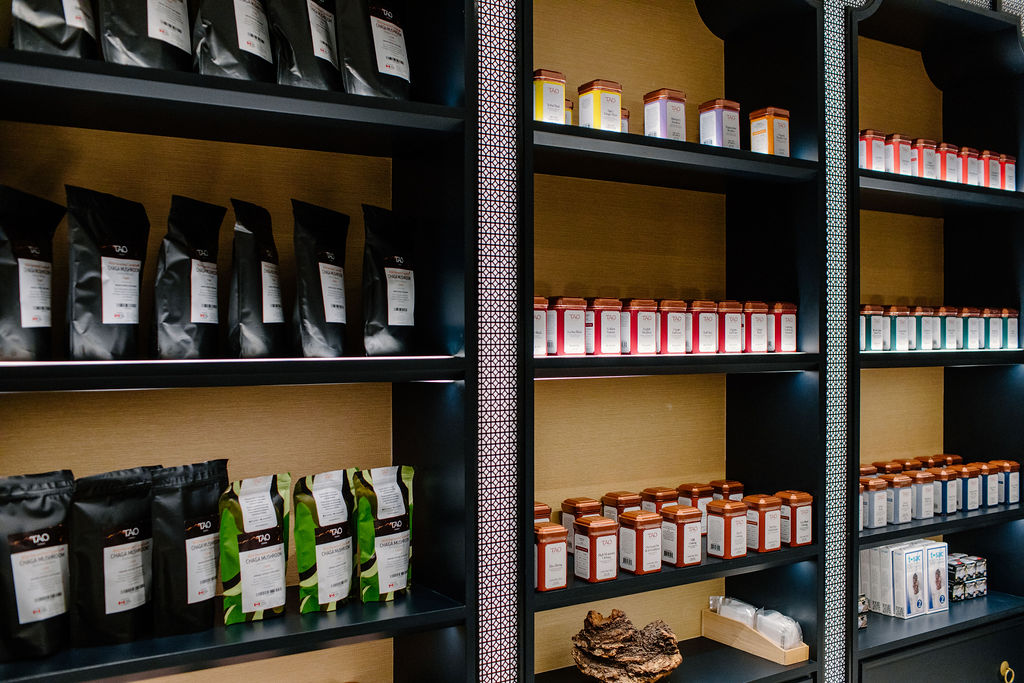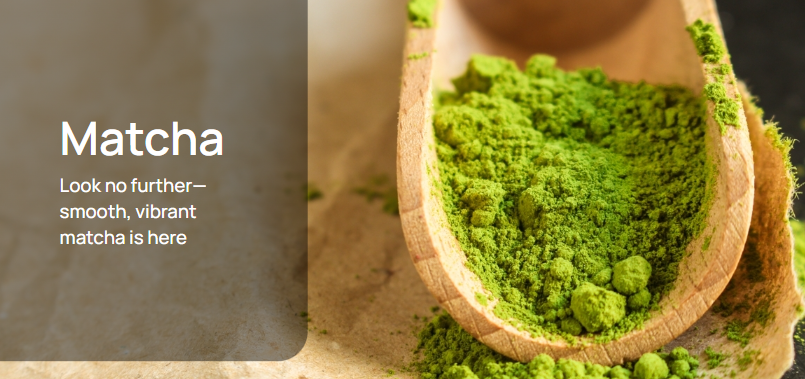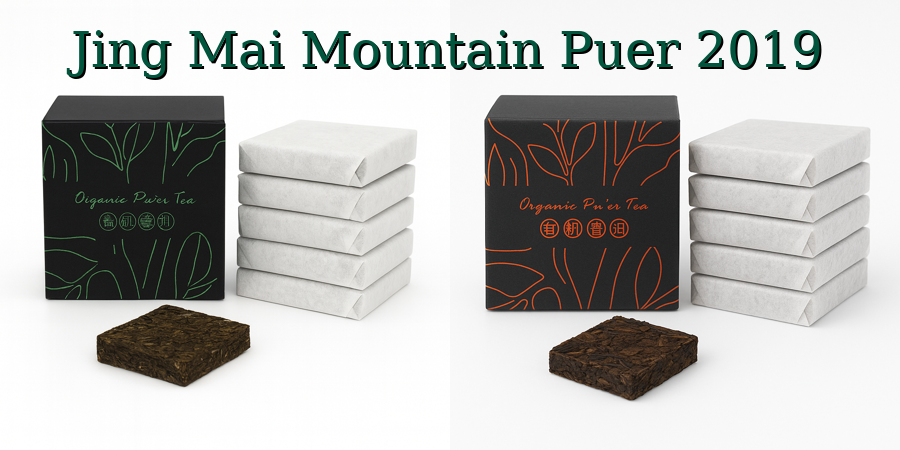 Loading... Please wait...
Loading... Please wait...- ORDER BY PHONE: 647-728-3858
- Order Status
- Wish Lists
- My Account
View Cart
Blog - Water
Types of Water for Steeping Tea
Posted by Tao WU on 12th Feb 2013

Water is extremely important in our lives. It covers most of our planet, it comprises most of our bodies, it is in everything we eat and drink and its universal importance has not passed the tea world by.
When brewing tea, one must think about the water being used. Many tea masters agree that the best water to use comes from the same area as the tea leaves were grown in because they will share the same soil and mineral composition. However this poses a problem to us westerners who cannot get our water shipped here from the great tea growing areas of the world.
Many other solutions have been put forth. The famed Chinese scholar Lu Yu found the best water to be slow flowing mountain water, and the worst to be lake water. This creates even greater problems for those of us who rely on water from the Great Lakes.
The most practical solution for the modern day tea drinker is to use filtered tap water. We suggest using a quality charcoal or sand filter. This removes most of the metallic taste that can sometimes be found in tap water and turns it into a clean, crisp and refreshing taste. Another alternative is to use bottled water. If you chose this option, Tao recommends that you try Aquafina because of the mineral content.
Now that you’ve found the water it needs to be at the right temperature. Different teas require water at different temperatures. For Blacks, oolongs, and pu-ers boiling water (100 Degrees Celsius) is generally used. For whites and greens, slightly cooler water (80 – 85 degrees Celsius) is preferred. The best way to achieve the perfect temperature is to use a variant temperature electric kettle. This allows you to precisely dial in your desired heat. If you do not have a temperature specific kettle, there are other options.
To brew teas that require a cooler temperature, you can boil water in a regular kettle then let the water stand for approximately 5 minutes before steeping. A more traditional way is to use a glass kettle and watch the bubbles in the water. This is called ‘Hsing Pien’ or ‘form distinguishing.’ The key is to watch the size of the bubbles.

There are three different cat egories of water in this system.
- Crab-eye water: The water is just starting to boil and the bubbles are roughly the size of a crab’s eye.
- Fish-eye water: The bubbles are getting larger, roughly the size of a fish’s eye and the surface of the water is becoming unsettled. This is the Ideal temperature for brewing most tea.
- Old Man Water: Now the bubbles are quite large and the surface of the water has become violent. Water at this temperature is too hot for brewing tea.
Making tea is a delicate process that requires care and attention. The temperature of the water can drastically change the taste of lighter teas. If you have tried to brew green or white teas and found them bitter, give it another try with cooler water. You will be pleasantly surprised!








